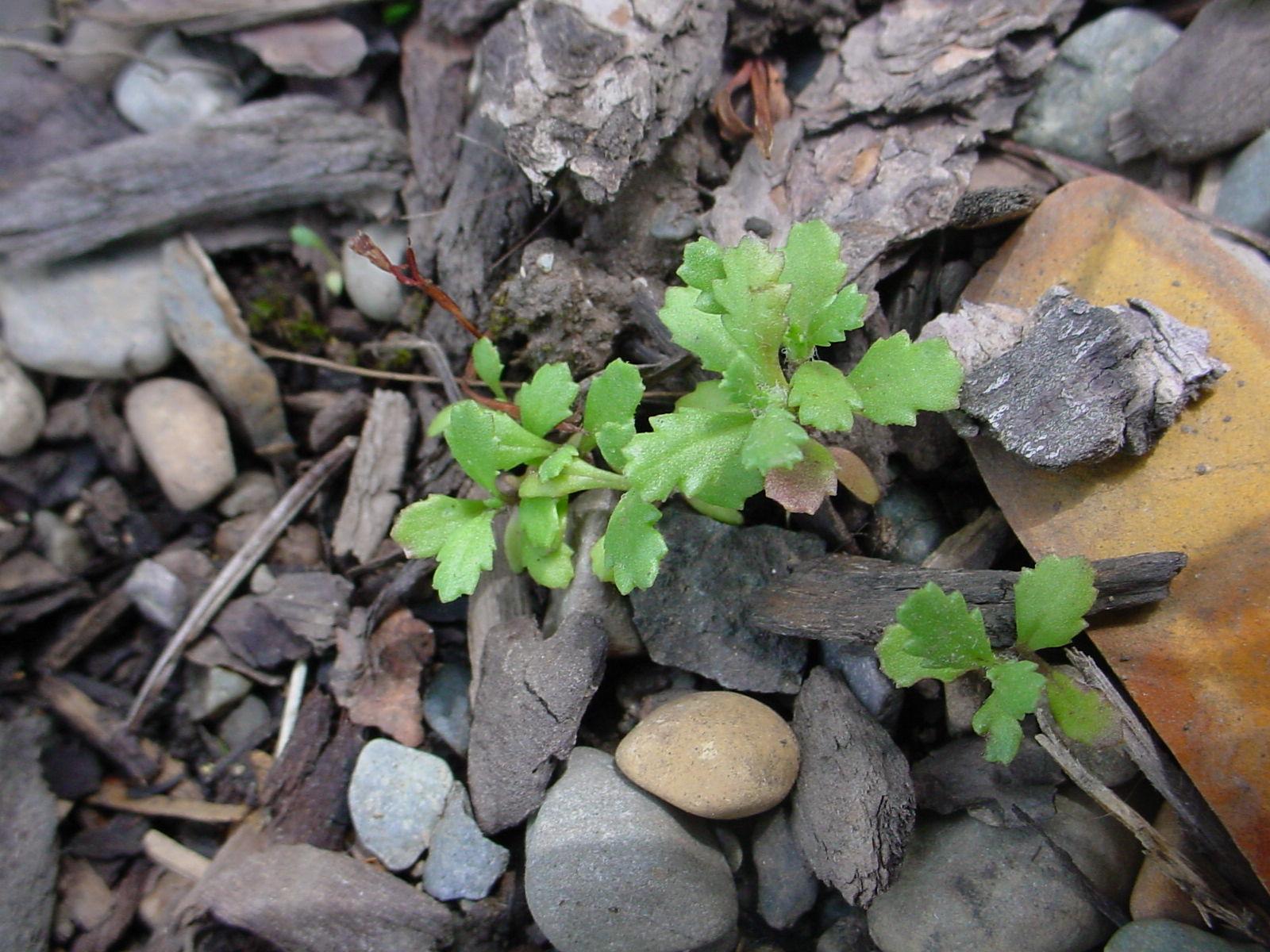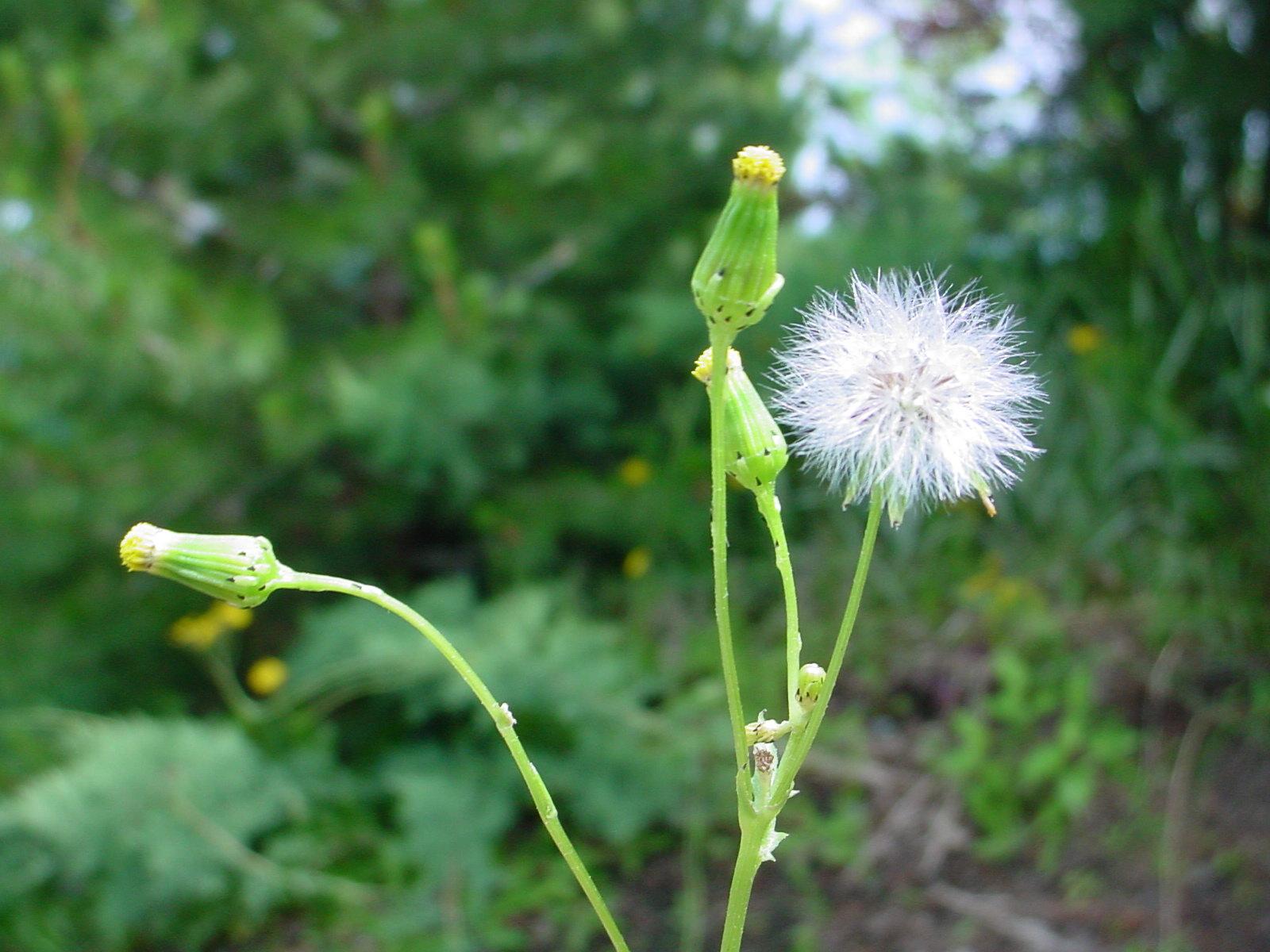8 Common Garden Weed Mistakes
Here’s a look at eight common weeding mistakes that gardeners make with solutions to reduce the weeds in your garden and save you time.
Groundsel is one of those weeds that most everyone has seen but few can identify by name.
Common throughout most of the U.S., this foot-tall winter annual weed with the buttony yellow flowers is especially rampant in garden beds, farm fields, and other spots where the soil has been disturbed.
It’s also one of the most prolific weeds, said to be capable of churning out a million new seeds per year per plant.
If that’s not troubling enough, groundsel (Senecio vulgaris) has a fast turn-around time. Plants can go from seedling to maturity in five to six weeks, allowing it to produce three to four “crops” in one season.
Groundsel is native to Europe, north Africa, and parts of Asia and is believed to have come to America in grain crops brought by early settlers.
Besides being a widespread weed, groundsel has pyrrolizidine alkaloids that can cause liver damage when eaten by dogs, cats, horses, cattle, and other large mammals.
Groundsel is a member of the daisy family and is primarily a winter annual weed – one that germinates from seed in the cold weather of early spring and flowers by April. However, this is a plant that doesn’t need a dormant season to sprout, meaning that additional plants can continue to pop up throughout summer and into fall.

Groundsel seedling. XIDServices.com
Groundsel seedlings have dark green leaves that are oblong and lobed, often with purplish undersides. The stems are hollow and purplish at the base.
The plant’s leaves get longer and become deeply lobed as the upright stems grow 10 to 12 inches tall and sometimes up to 18 inches. A helpful identifier is that the leaves are arranged alternately up the stems as opposed to growing opposite one another.
Groundsel can be seen flowering in much of the U.S. from April to October. In mild climates, it can even produce throughout winter. The tell-tale trait is the distinctive flowers. Buds appear at the tip of the flowering stalks that look a bit like short, green cigars with yellow tips.

Groundsel flowers and seedhead. XIDServices.com
The flowers seem like they’re about to open, but they never progress beyond the tight quarter- to half-inch bundle at the bud tips. As the flowers mature, they instead open into puffy white seedheads that resemble small dandelion “puffs.” These puffy seedheads are perfect for carrying seeds in the wind, which is the main way groundsel spreads.
Some seed germinates the same season, while others can remain viable in the soil for up to three years.
Groundsel grows best in full sun and in disturbed soil that’s fairly rich in nutrients. However, it’ll also pop up in poor soil and compacted sites, including roadsides and sidewalk cracks.
Groundsel doesn’t grow well in shade or in hot, dry conditions. That’s why it’s a weed at its peak in the cooler, damper spring and early fall.
Since groundsel is such a prolific seeder, it’s important to keep plants from maturing new seeds. However, even when pulled or sprayed with herbicide before seeds are fully viable, groundsel plants can continue to mature their self-fertile flowers.
That means it’s best to eliminate plants before they’ve begun to set flowers. Plants in the flowering stage could produce mature seed even if added to a compost bin or yanked and left to decay atop the soil.
Pre-flowering plants can be pulled, hoed, or dug. They also can be killed with a variety of non-selective, kill-everything herbicides or with herbicides labeled for control of broadleaf weeds. Check product labels for usage directions and to make sure groundsel is listed.
After heading off an existing outbreak, the second line of defense is to prevent new groundsel plants from germinating – both from dormant seed in the ground and from seeds blowing in on those puffy seedheads from elsewhere.
In landscape beds, Preen Extended Control Weed Preventer is labeled for groundsel prevention. Two applications per year – once in spring and once six months later in fall – give season-long control.
In edible gardens, a two- to three-inch layer of mulch will keep groundsel from sprouting. Regular cultivation will keep it from progressing to the flowering stage.
Mulch also is effective in landscape beds, where Preen Extended Control Weed Preventer can be applied, worked into the mulch, and watered in to give dual protection against groundsel.
Always check the label to be sure the weed prevention product is recommended for use with your established plants.